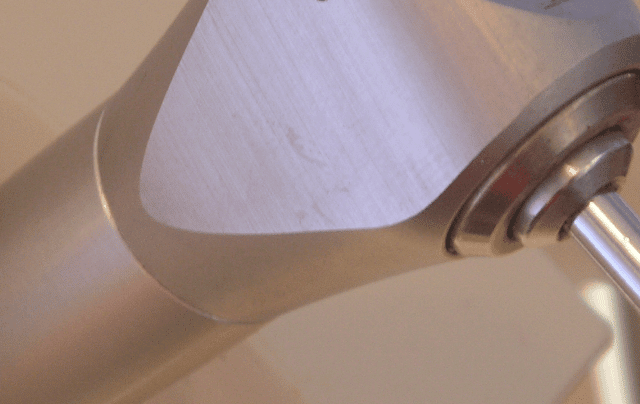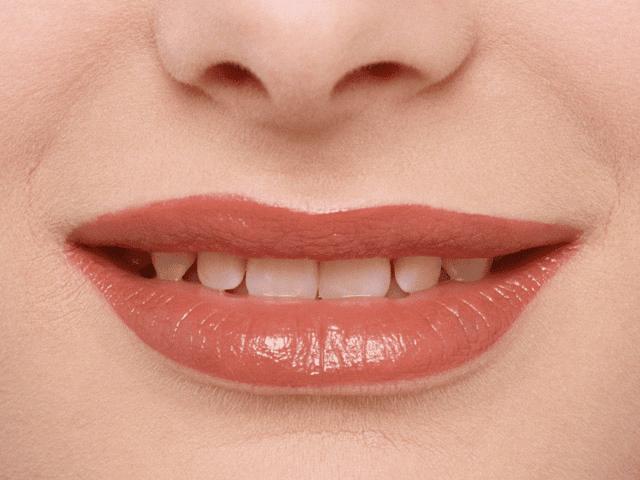Without osseointegration, a dentist in NYC, or any other place for that matter, cannot hope to affix a dental implant on any proper slot in your gum. Dentists testify to the impressive success rate of this process in dental implant procedures. It is worth acknowledging how the incredible body learns to adjust and bond so well with foreign matter, such as titanium—that it eventually accepts it as its own.
Definition and history
The Academy of Osseointegration (AO), based in Arlington Heights, IL, defines the process as the occurrence when natural jawbone attaches to a foreign material, titanium, as the consistent material used. Within a few months, the titanium base screw fuses with bone as though it has become thoroughly a part of the body. The term is a combination of the Greek osteon for bone, and the Latin integrare (to integrate).
Research on osseointegration did not come until the early 1950s. While still in Lund University in Sweden, Per-Ingvar Branemark conducted an experiment using a titanium implant on rabbit bone. For some reason, he found he could not remove the titanium implant from the bone, either one having bonded with the other. Studies on osseointegration took off around a decade later; Branemark had then moved to the University of Gothenburg. At first, the concept wasn’t well received, but criticism about osseointegration has since gone silent.

The big question
Here comes the big question: “Why?” To be more specific, is there something in titanium to which the human jawbone responds? To date, there has been no universally accepted principle. However, there are various theories.
One theory involves the reaction of titanium oxide and natural bone. Norwegian and Spanish scientists relate in their studies how they have implanted a ceramic titanium-oxide structure or scaffold, as graft particle, on areas of bone defects in animals. Results show healing bone growth in and around the material within months, concluding that titanium oxide (TiO(2)) scaffolds—as peri-implant material—osseointegrate well.
Branemark, as does any dentist who performs dental implants in NYC, such as Tribeca Dental Care, believes that osseointegration goes deeper than just the reaction of the body to the titanium material. He coined the term “osseoperception” as an occurrence where the titanium becomes one with body and mind, as if it has become a natural bone in its own right. Further studies may soon crack the final code on osseointegration.



